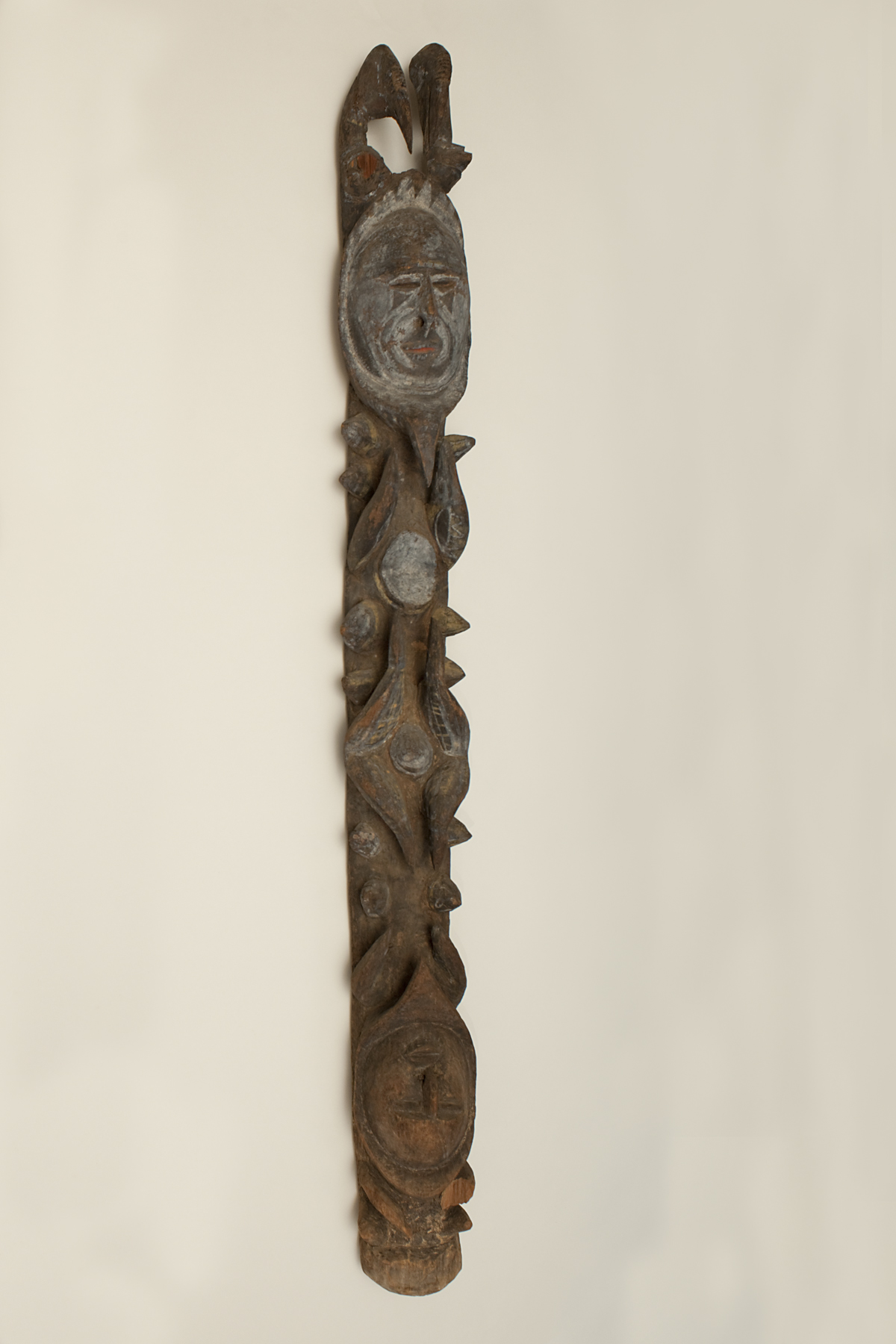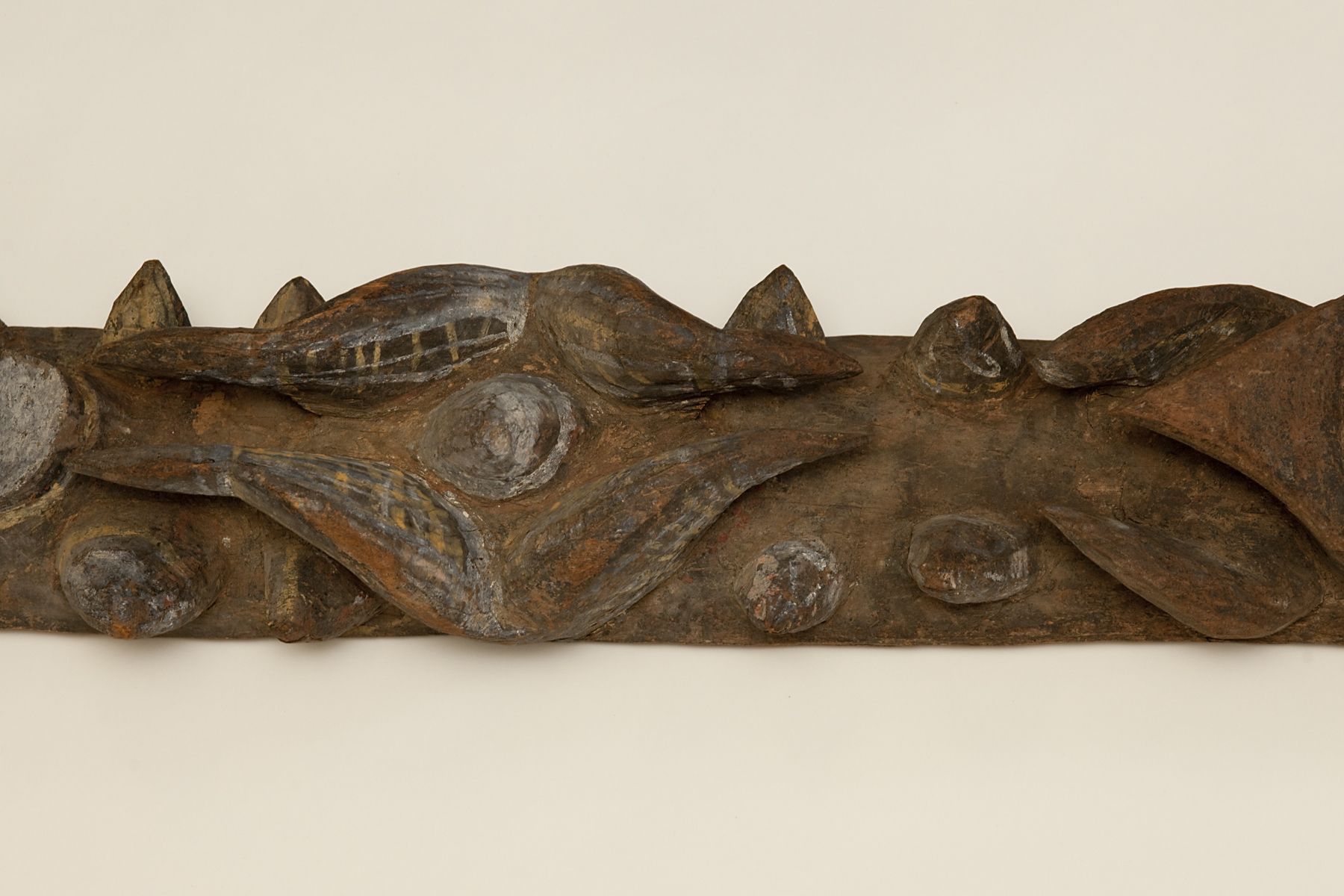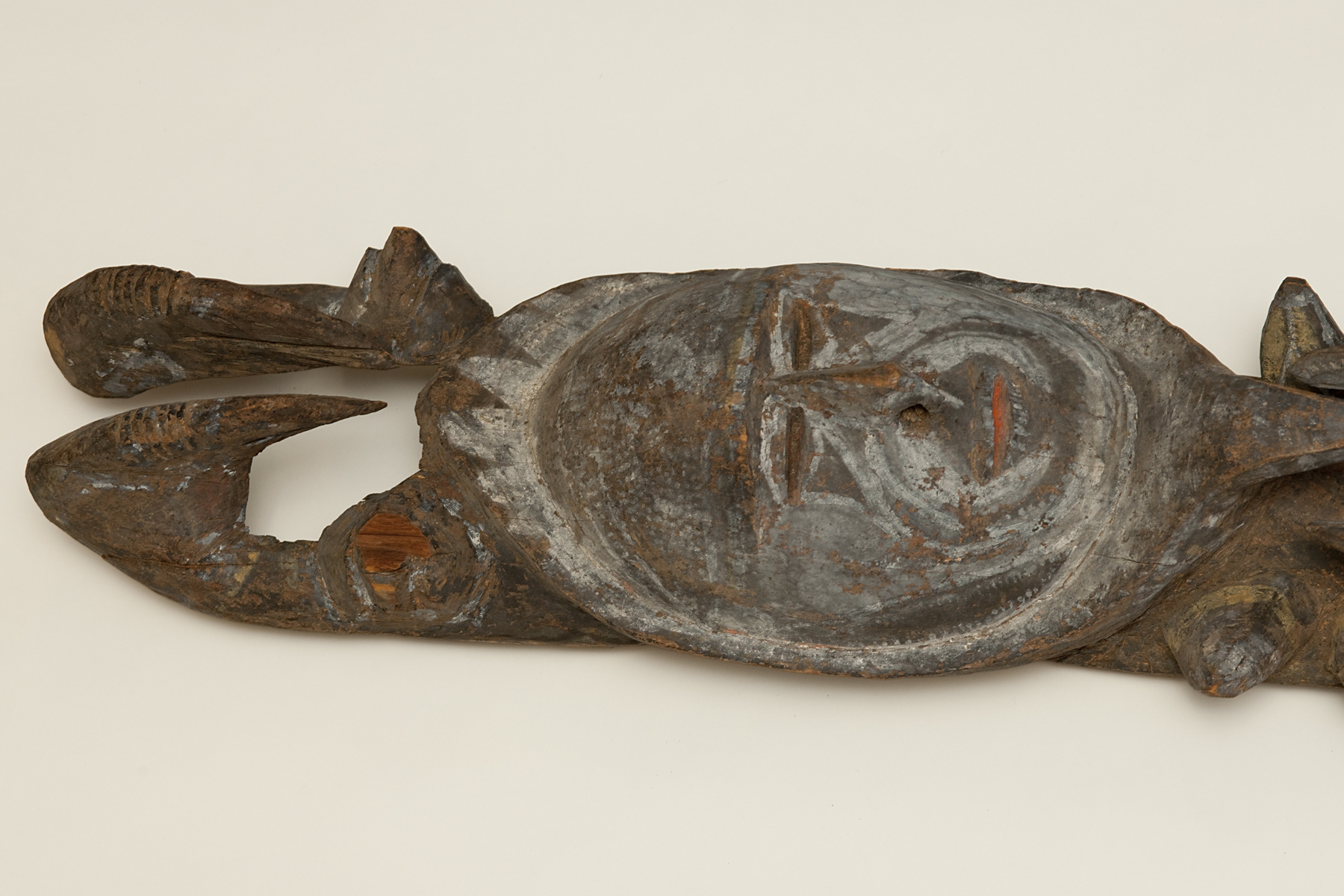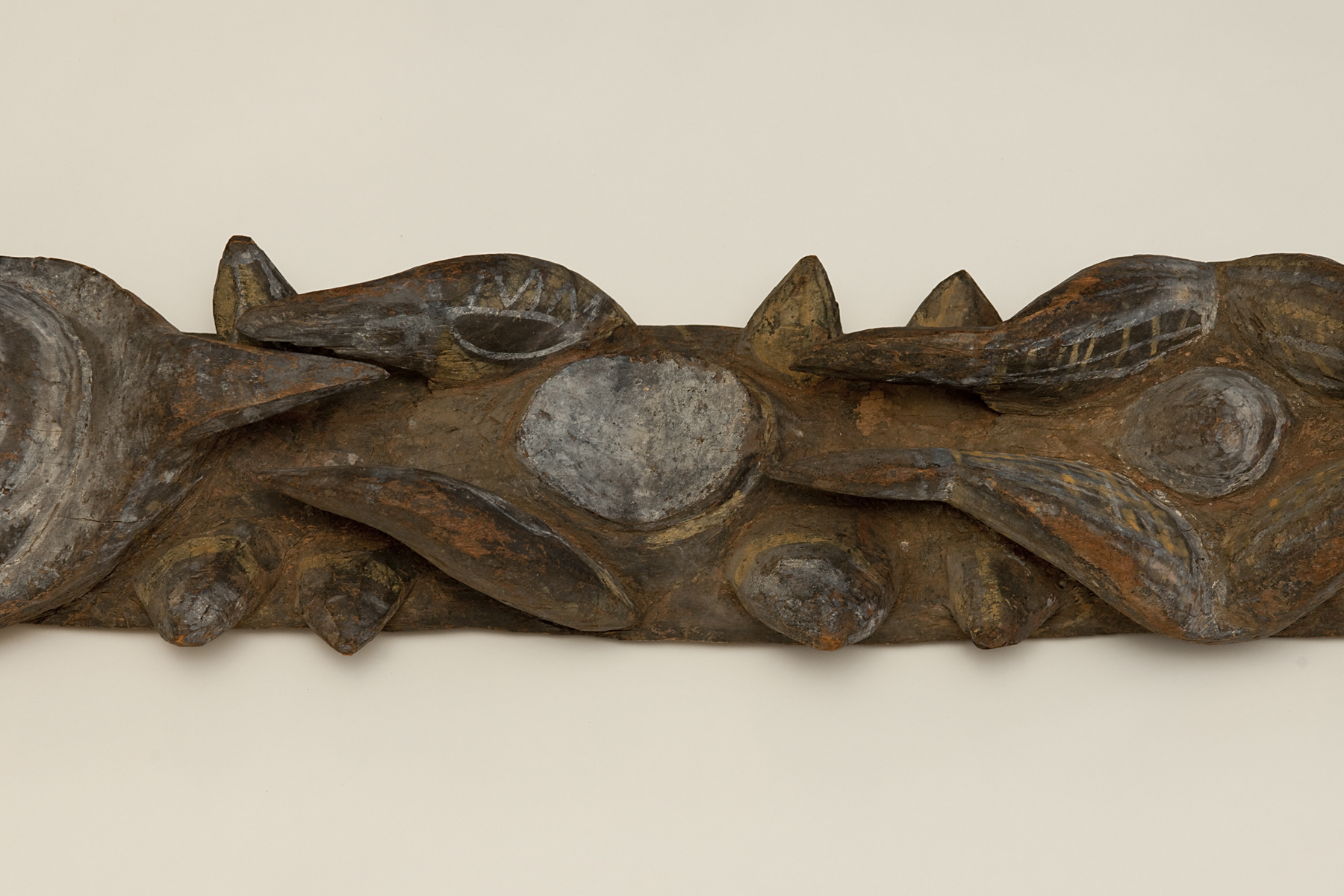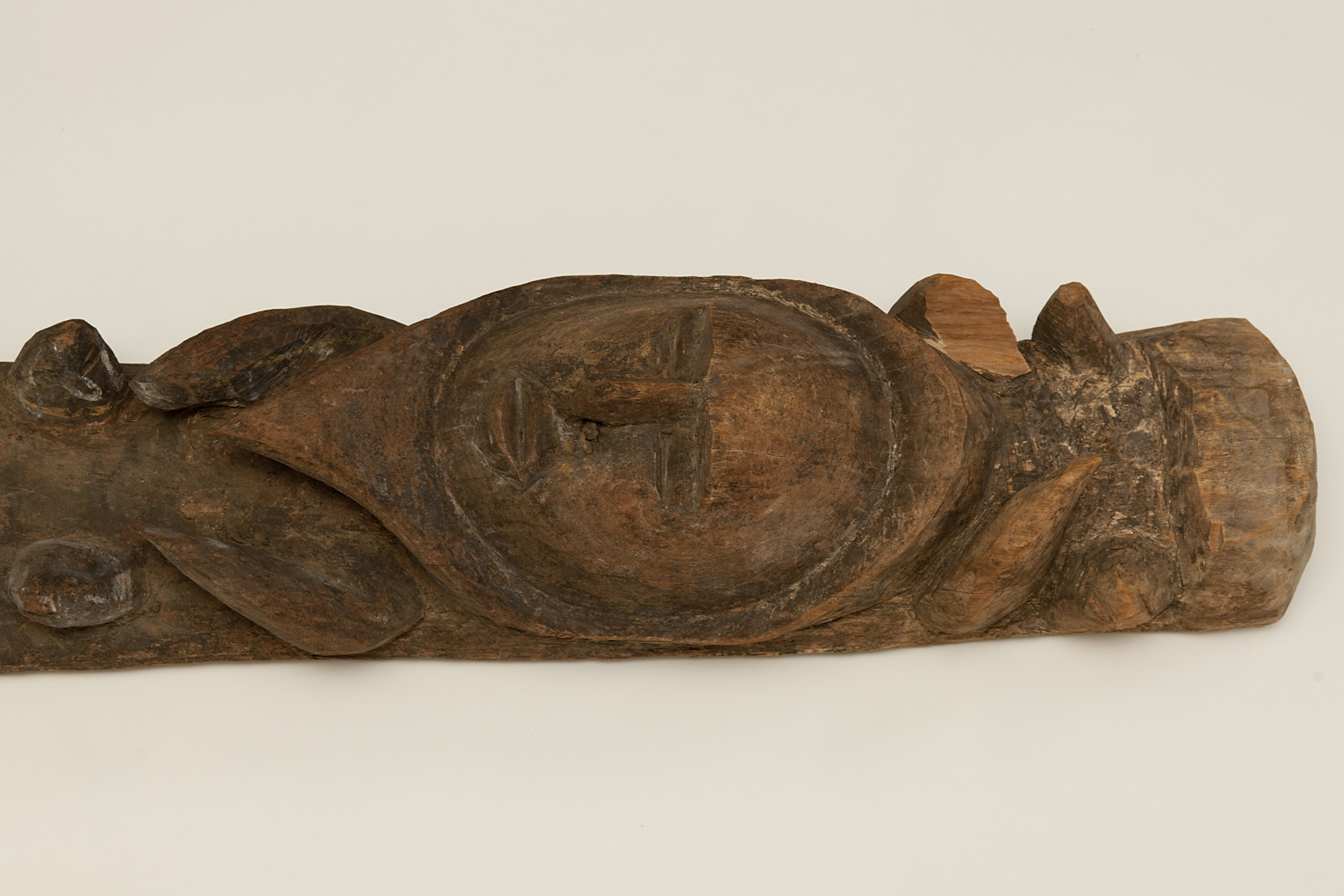maira-ndu (double ancestor figure), unrecorded Abelam artist
Artwork Overview
unrecorded Abelam artist, artist
maira-ndu (double ancestor figure),
1850s–1969
Where object was made: Roma Mission, East Sepik, Papua New Guinea
Material/technique: pigment; carving; wood
Dimensions:
Object Height/Width/Depth (Height x Width x Depth): 205 x 23 x 19 cm
Object Height/Width/Depth (Height x Width x Depth): 80 11/16 x 9 1/16 x 7 1/2 in
Object Height/Width/Depth (Height x Width x Depth): 205 x 23 x 19 cm
Object Height/Width/Depth (Height x Width x Depth): 80 11/16 x 9 1/16 x 7 1/2 in
Credit line: Gift of Dr. and Mrs. Franklin D. Murphy
Accession number: 1977.0031
Not on display
If you wish to reproduce this image, please submit an image request
